California’s coast: How we come to care and why we sometimes go wrong

On his road trip down California’s 1,100 mile coast, the columnist retraces his childhood footsteps along the beach and gives surfing another shot. ”I’m a little rusty,” Lopez says.Â
Here we go, I thought, pulling off Highway 1 just south of Santa Cruz.
This is the street.
When I was a boy living east of Oakland, my family rented a little cottage here, a block from the beach in Seacliff. My dad saved pocket change in a cigar box all year, and we’d split the costs with another family for a week of summer vacation.
Swimming. Body surfing. Fishing off the World War I-era cement ship that served as a pier. Driving out to the Lighthouse in Santa Cruz to watch surfers. Eating salt water taffy and trying to get up the nerve to ride the Big Dipper at the Boardwalk.
Those were the simple pleasures of my childhood.
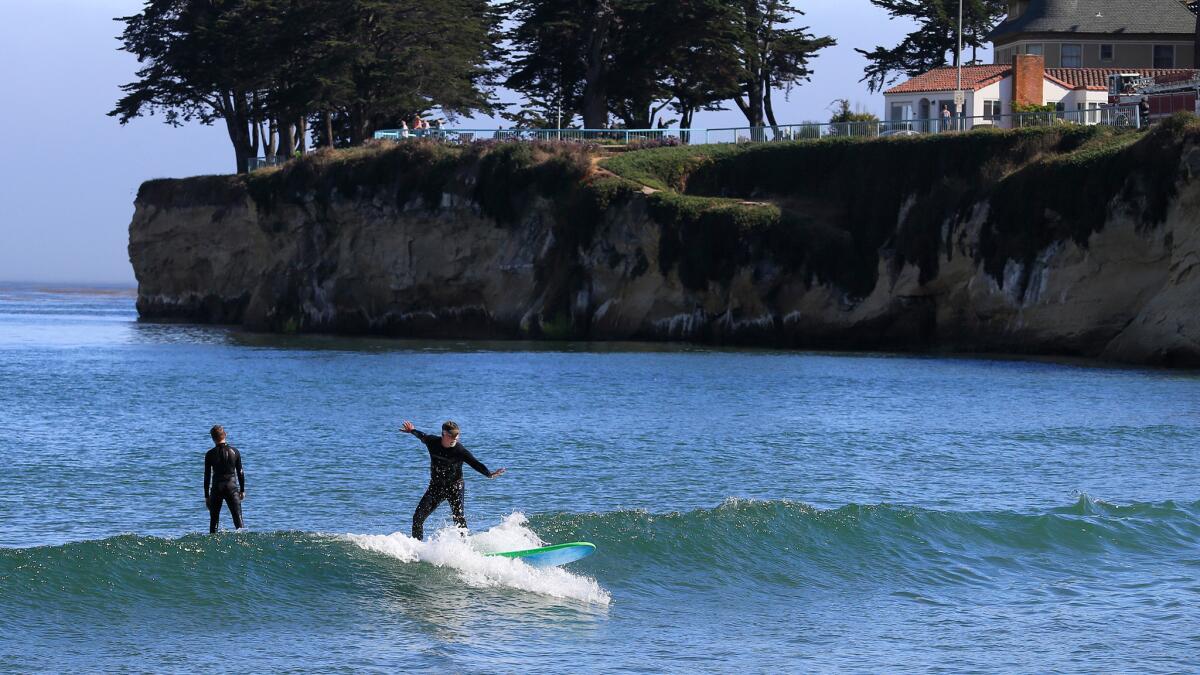
Girls wore bikinis, and the sea itself, sweeping to the horizon, was no less mesmerizing.
I drove slowly now, windows down. The sound of gulls and distant waves was distinct, familiar and comforting. So too was the unforgettable balm of marine salt and eucalyptus.
I was back to the dream. Back to a world that was untroubled, for all I knew at the time, and mysterious. Girls wore bikinis, and the sea itself, sweeping to the horizon, was no less mesmerizing.
But I ran into one problem last week on my nostalgia tour.
I couldn’t find the house.
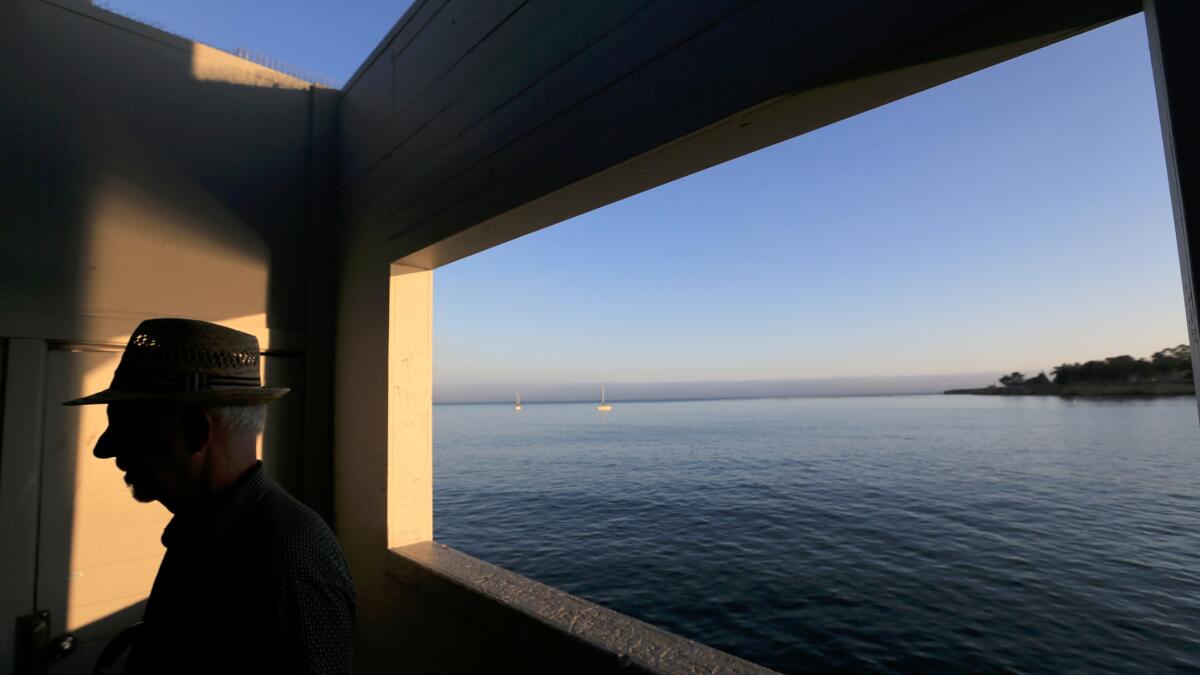
I drove up and down that little street, chasing a memory. But it was more than half a century old, and even if the surroundings hadn’t changed, the houses had. Maybe our rustic little cottage was now this two-story modern remodel. Maybe it was this house, here, with a garage added. Or not.
I gave up after a while, disappointed. But it really wasn’t a house I was looking for, anyway. All I wanted to do was take in the landscape, revisit the bracing chill of the surf and watch waves pound the rocky tree-lined shores where my love affair with the California coast began.
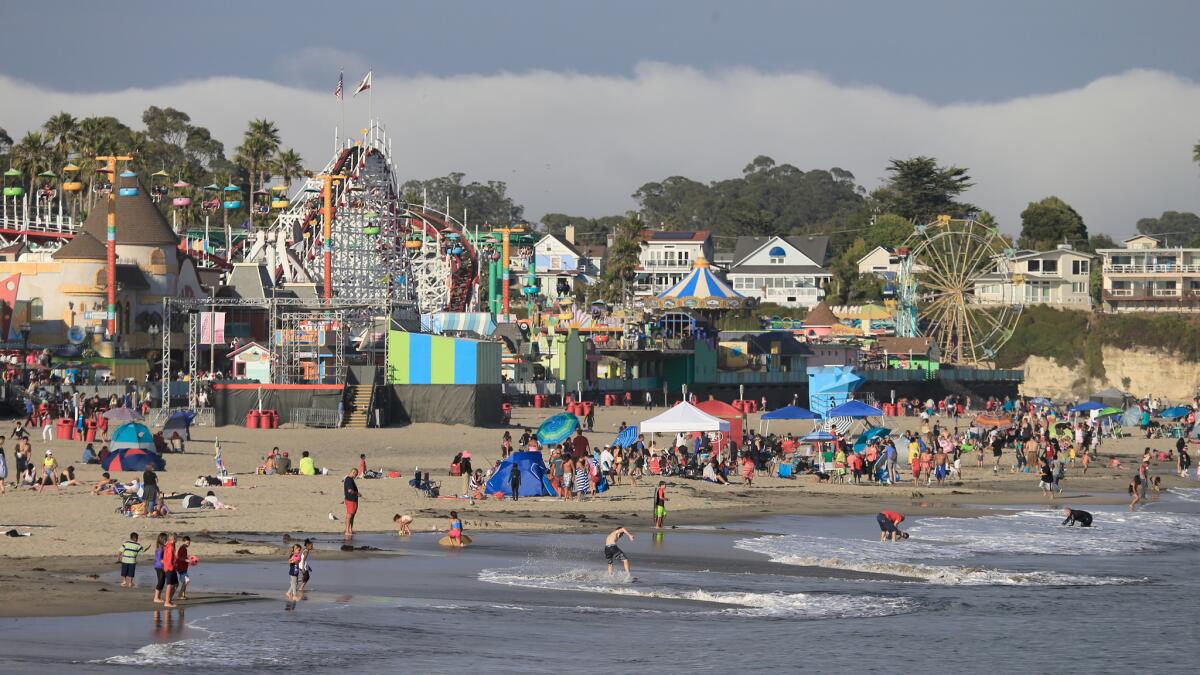
Everything that mattered was still there, unchanged.
So here’s what I’ve been thinking about, as photographer Allen Schaben and I drive from Oregon to Mexico on the 40th anniversary of the Coastal Act:
The magic I got to enjoy as a kid comes with no guarantee, and the coast can’t be saved by good intentions or half-hearted efforts, because the game is rigged.
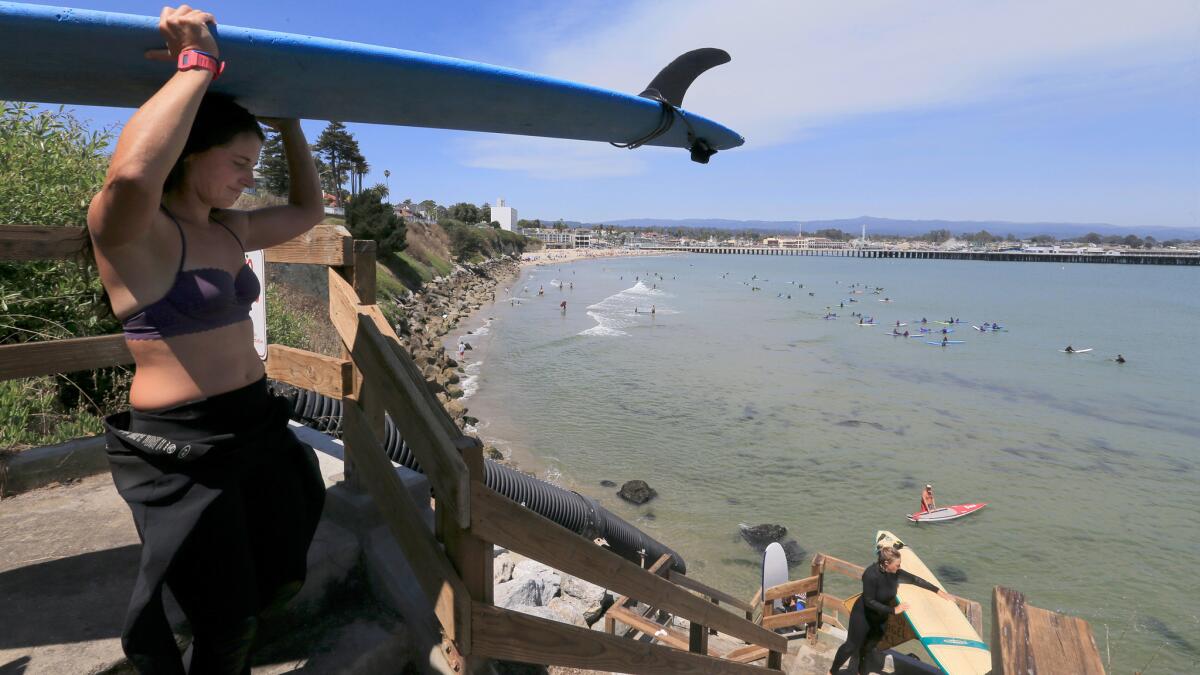
Those who want to build hotels, small cities and desalination plants — projects worth billions — have an advantage and they play for keeps. They’re using big money and power politics to have their way with what little is left of the undeveloped coast. Public access remains blocked even where it’s required. Once-great views have been walled off. Fragile ecosystems are under constant threat.
In the last two weeks, I’ve been telling you about the history of the conservation movement that led to the creation of the California Coastal Commission. What’s important now is not the past, but what we have to do today and into the future, if you love the coast as much as I do and care about preserving it for your grandchildren’s grandchildren.
We have to prick the conscience of the state’s many do-gooder billionaires and beg them to buy and save what’s left. The Packards of Silicon Valley made enormous donations to accomplish that very thing. Today, a Silicon Valley billionaire has “no-trespassing” signs on Martins Beach near Half Moon Bay.
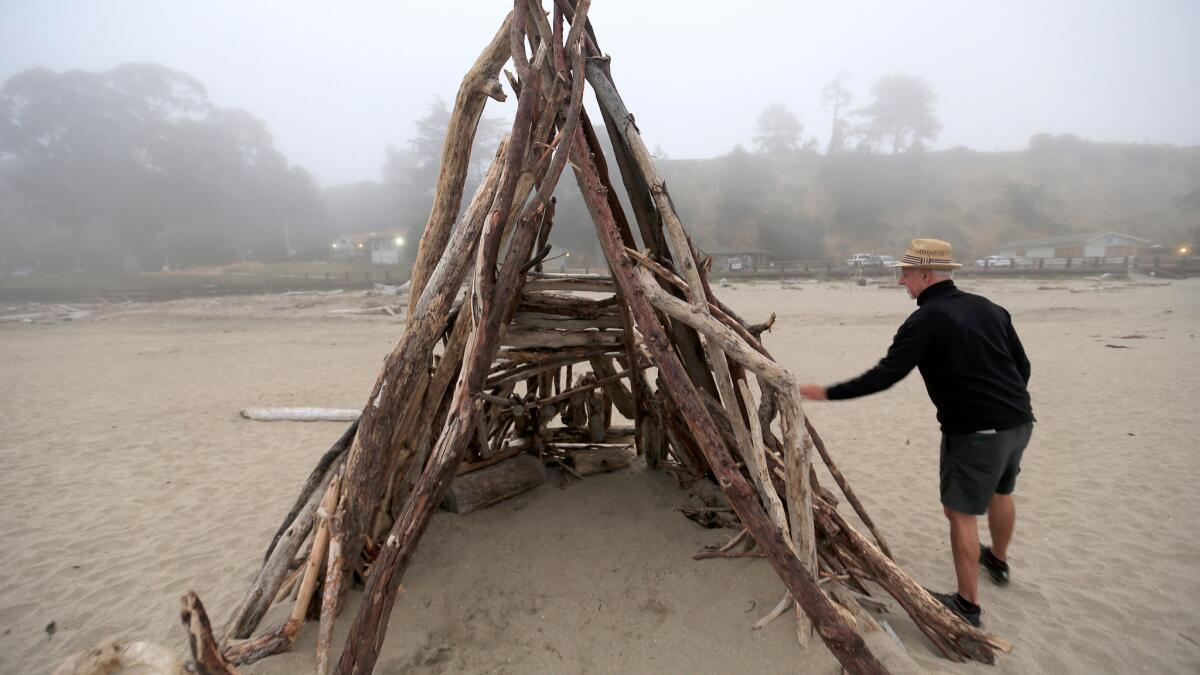
It’s scandalous that appointed members of the current coastal commission have met privately with developers and failed to disclose those confabs as required. Yet legislation to ban such meetings is moving so slowly that it appears stalled. If that bothers you, you have to contact your legislator or Gov. Jerry Brown and demand to know what gives.
When the governor and legislative leaders appoint commissioners, the public and journalists like me who are supposed to be informing the public barely pay attention, knowing little about the background, connections and qualifications of those appointees.
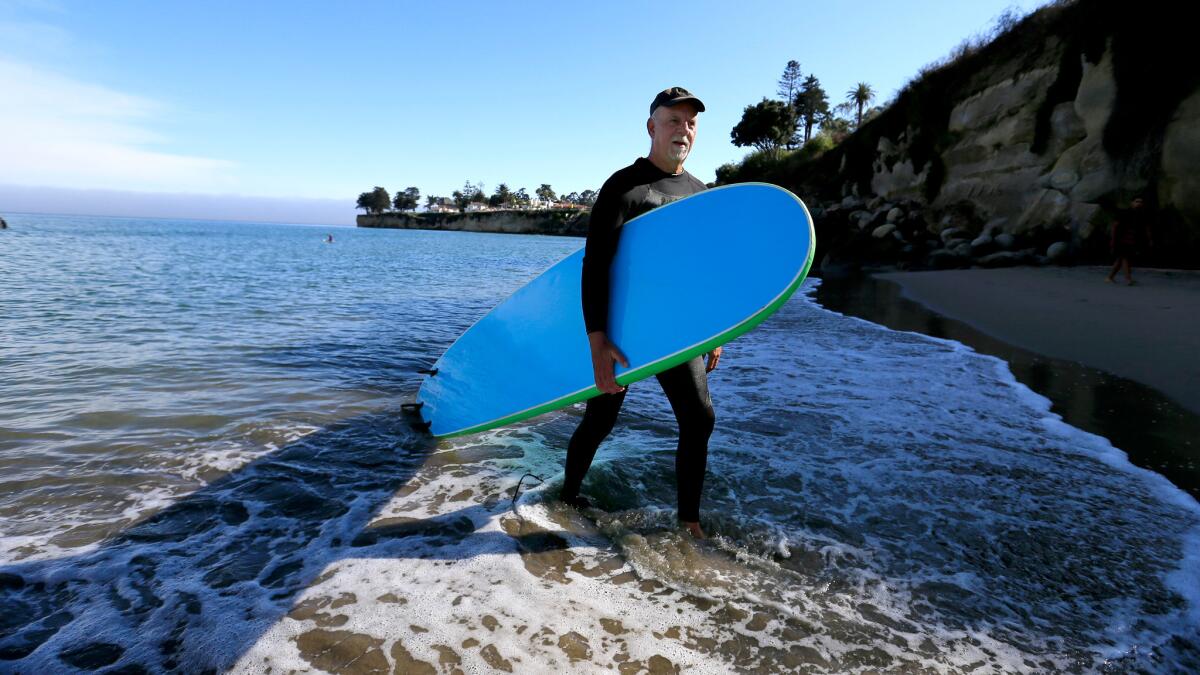
But these are the people who will, for several years each, shoulder responsibility for protecting places that children 20 generations from now will want to and need to see, smell, touch and hear.
From here on out we have to watch closely and demand that the appointees be coastal stewards, not political lackeys.
Half the commissioners hold separate political office, and being on the commission keeps the reelection juice flowing.
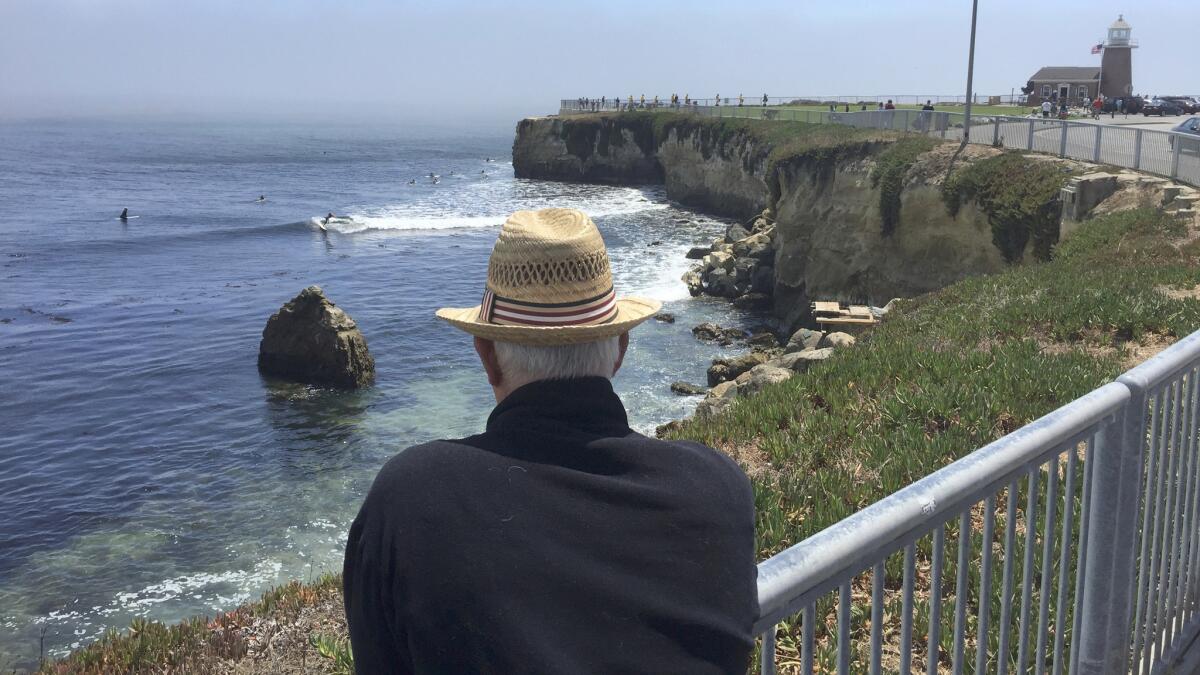
You have to fight money with money, which can be difficult to raise. But if each of the thousands of beach lovers who pledged support to fired Executive Director Charles Lester ponied up as little as $10 apiece, that could be enough to knock the special-interest hacks out of public office and off the Coastal Commission.
“What you want from commissioners is that they represent the public interest, not private interests, first,” said former commissioner Steve Blank, whom I met with in Menlo Park.
Before becoming a commissioner, Blank got his own piece of heaven — a sizable hilltop ranch just east of the coast and north of Santa Cruz. With the help of a lobbyist, Blank managed to get the project approved, although it was scaled back by the commission. This helped him understand the frustration many have experienced in trying to get projects through the bureaucracy.
But when he was a commissioner, Blank said, he saw the pendulum swing too far in the direction of developer interests.
“You are there to represent 40 million people’s stake in the Coastal Act … and you have to do so while protecting private property rights,” he said. “But … the minute you think you’re a lobbyist or an extension of the lobbyists, you’ve failed the people of this state.”
In a speech in 2013, Blank said most of the coast has been saved because the late, longtime Executive Director Peter Douglas was a visionary who fiercely defended the Coastal Act and stood up to developers and state officials who wanted him to be “reasonable” in finding compromise.
... The coast can’t be saved by good intentions or half-hearted efforts, because the game is rigged.
The executive director of the staff, and the appointed members of the commission, must be fiercely independent of political and economic pressures, Blank believes. They must even be unreasonable if that’s what it takes to defend the intent of the Coastal Act.
Back in the days of my childhood summers, there was no Coastal Act to regulate development, protect nature and maximize public access. That didn’t come into being until 1976, or there probably never would have been a Santa Cruz Boardwalk.
So maybe I’m not a conservation purist, after all, because I’m sure glad that childhood playground was built before we wised up and realized that the great glory of the coast can never be something man-made.
But now I know, 50 years after those days of innocent naiveté, that unadorned nature is the treasure, it can’t be improved upon, and it must be protected.
Headed south from Santa Cruz, I’m committed to being stubbornly unreasonable about that.
Twitter: @LATstevelopez
Follow me and Times photographer @alschaben as we head down the coast, and join the conversation at #saveyourcoast.
MORE ON THE COAST
So many places worth fighting for: Here’s Pigeon Point and Santa Cruz
Opponents of housing project and Coastal Commission at odds over Laguna Canyon Creek designation
Road trip on the California coast: Steve Lopez chronicles our shoreline’s visionaries and threats
More to Read
Sign up for Essential California
The most important California stories and recommendations in your inbox every morning.
You may occasionally receive promotional content from the Los Angeles Times.











